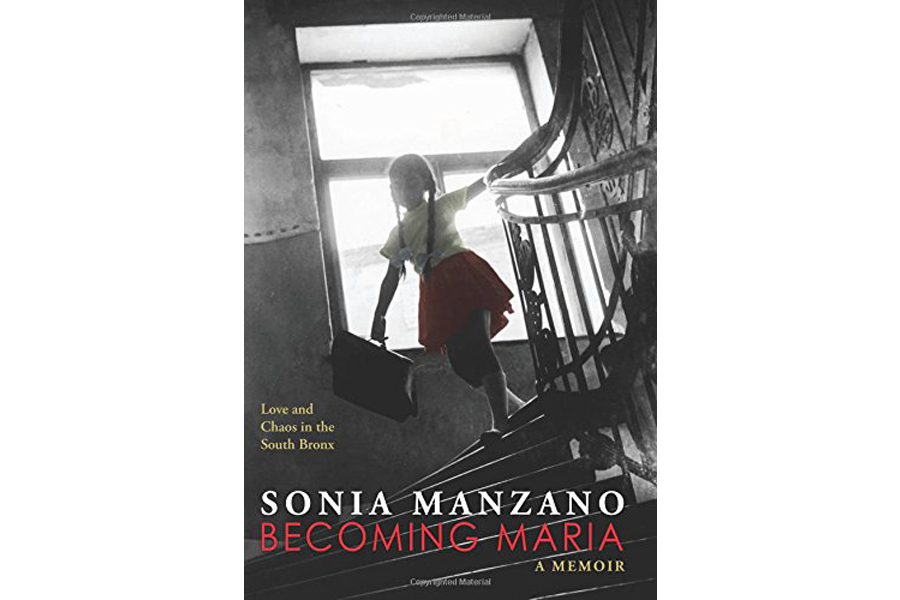Millions of children grew up with author Sonia Manzano, or so it seemed, because she was Maria, a regular Latino cast member on “Sesame Street” from 1971 to 2015. Born in the US to a Puerto Rican family, she tells her coming-of-age story here about growing up in the Bronx in a cramped, noisy neighborhood with limited life prospects. But all that changed when a schoolteacher took her to see “West Side Story” in a fancy, Manhattan movie theater. From there, with eyes wide open, she auditioned and was accepted into New York’s High School of the Performing Arts and eventually the drama program at Carnegie Mellon University in Pittsburgh. In this introspective retelling of her journey, readers are introduced to Manzano and her childhood impressions and experiences before her career breakthrough.
Here’s an excerpt from Becoming Maria:
“The High School of Performing Arts has a stone facade and a huge, red, arched door. Inside it smells like minestrone soup. Monitors help me find the audition room along a dark hallway with a linoleum floor and institutional green wainscoting. It reminds me of the old part of P.S. 4 when I lived on Third Avenue. There are other kids – white ones, black ones, but no Puerto Rican ones that I can see. Everybody looks nervous – some even have their mothers with them. We eye one another, but all I can think of are the GOING OUT OF BUSINESS SALE signs and how, if I want to buy the nice napkins for Ma, I should do it quickly. Will they have gone out of business by the time I finish my audition?
“I take my seat and wait, thinking about what a great neighborhood, or a bunch of neighborhoods, this is and how I would never get bored if I went to school here.”
(Scholastic Press, 264 pp.)







